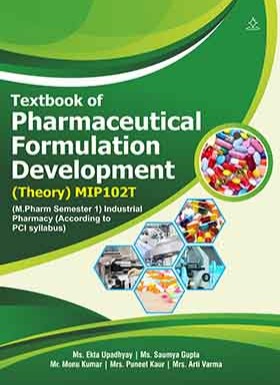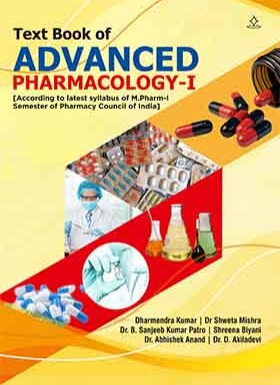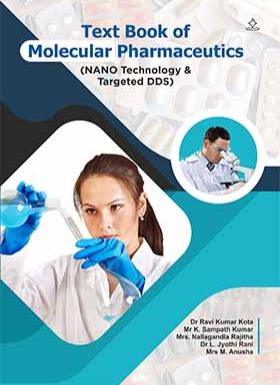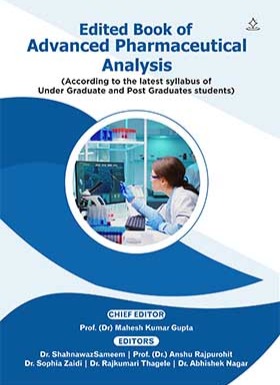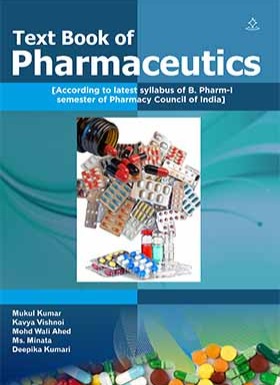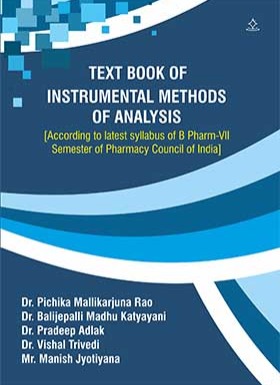


ISBN : 978-93-6087-826-9
Category : Academic
Catalogue : Medical And Nursing
ID : SB21689
TEXT BOOK OF INSTRUMENTAL METHODS OF ANALYSIS
According to latest syllabus of B Pharm-VII Semester of Pharmacy Council of India
Dr Pichika Mallikarjuna Rao, Dr Balijepalli Madhu Katyayani, Dr. Pradeep Adlak, Dr. Vishal Trivedi, Mr. Manish Jyotiyana
Paperback
899.00
e Book
399.00
Pages : 259
Language : English
About Book
The Text Book of Instrumental Methods of Analysis serves as a comprehensive guide for students and professionals in pharmaceutical and analytical sciences. It provides detailed theoretical and practical insights into a wide array of instrumental techniques widely used for qualitative and quantitative analysis of substances. The book begins with UV-Visible spectroscopy, explaining electronic transitions, chromophores, auxochromes, spectral shifts, and instrumentation details, including various detectors and their working principles. It moves on to Fluorimetry, covering fundamental concepts such as singlet and triplet states, quenching, and fluorescence behavior, supported by practical applications. Infrared (IR) spectroscopy is also extensively covered, discussing vibrational modes, sample handling, and advanced detectors like the Golay cell and pyroelectric detectors. The text also includes Flame Photometry and Atomic Absorption Spectroscopy, explaining their principles, instrumentation, interferences, and pharmaceutical applications. Nepheloturbidometry is addressed with clear discussion of its principle and uses. A significant portion of the book is devoted to chromatographic techniques such as adsorption, partition, thin layer, paper, ion exchange, gel, and affinity chromatography. Each method is discussed with a focus on principle, methodology, advantages, limitations, and real-world applications. Electrophoretic techniques including paper, gel, and capillary electrophoresis are also detailed. Advanced instrumental methods like Gas Chromatography (GC) and High-Performance Liquid Chromatography (HPLC) are presented with discussions on theory, derivatization, temperature programming, and instrumentation. The inclusion of modern applications and detailed instrument design makes the book particularly useful for hands-on laboratory work. Throughout, the book balances conceptual clarity with practical insights, making it suitable for undergraduate, postgraduate, and professional use. Its systematic layout, thorough explanation of principles, and inclusion of contemporary instrumentation render it an essential text for mastering analytical methods in modern science.
Customer Reviews

